Navigating the complex world of logistics and parcel delivery can often seem like a daunting task, especially for small and medium-sized businesses striving to ensure customer satisfaction and operational efficiency. A critical component of this logistics puzzle is understanding the concept of a delivery exception.
This blog aims to demystify delivery exceptions, providing comprehensive insights into what they are, their common types, and effective strategies for managing them, thereby enhancing your business’s logistics operations.
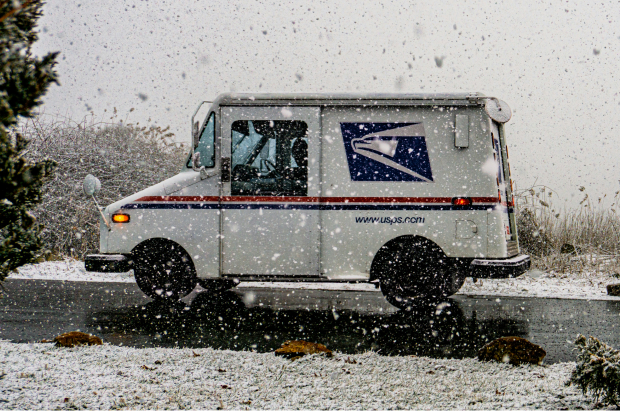
What Is A Delivery Exception?
A delivery exception occurs when there is an unexpected issue that prevents a package from being delivered on its anticipated delivery date. This can range from incorrect address information to unforeseen weather conditions.
Recognizing a delivery exception early is crucial for businesses, as it allows for prompt action to resolve the issue, minimizing delays, and maintaining customer satisfaction. Upon receiving a delivery exception notice, the initial steps should include reviewing the notice details, contacting the carrier for more information, and informing the customer about the delay.
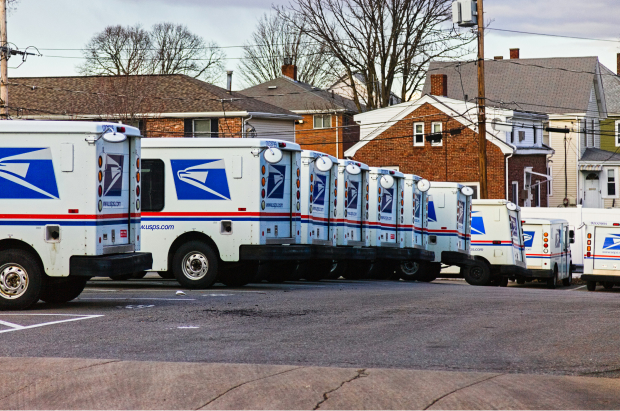
5 of the Most Common Types of Delivery Exception
Understanding the various types of delivery exceptions is vital for businesses to implement preemptive measures and ensure swift resolutions. Here are five common types:
1. Incorrect or Incomplete Address
One of the most frequent causes of delivery exceptions is incorrect or incomplete addresses provided by customers. Errors can occur due to manual entry mistakes or auto-fill inaccuracies.
Prevention Tips:
To combat this issue, businesses can implement several strategies:
- Implement address verification software to validate information in real-time.
- Offer an order review page for customers to double-check their details.
- Send confirmation emails urging customers to verify their addresses.
Implementing these measures not only minimizes the occurrence of delivery exceptions due to address issues but also enhances customer satisfaction by promoting a smoother delivery process.

2. Weather-Related Delays
Severe weather conditions, such as hurricanes, severe storms, blizzards, and floods, can have a profound impact on delivery schedules, causing significant delays that affect both businesses and customers alike. These weather events can disrupt air and ground transportation, leading to logistical challenges that extend beyond the affected area. For instance, a hurricane in one region can delay flights nationwide, affecting package delivery across the country.
How Businesses Can Plan Around Them
To navigate these challenges and minimize the impact on delivery schedules, businesses can adopt several proactive strategies:
- Using weather tracking tools to anticipate disruptions.
- Exploring alternative shipping routes or methods ahead of known weather events.
- Adapting shipping policies to accommodate weather-related uncertainties.
- Proactively communicating with customers about potential delays and updates.
- Building in extra time for peak weather seasons in delivery estimates.
By implementing these strategies, businesses can better manage the challenges posed by weather-related delays, ensuring they maintain operational resilience and continue to meet customer expectations even in the face of adverse conditions.
3. Customs and Import Hiccups
International shipments are particularly susceptible to delays caused by customs issues, which can include everything from missing or inaccurate documentation to unexpected duties and taxes. These hiccups can significantly extend delivery times and increase costs, both for businesses and their customers.
How to Navigate:
Here’s how businesses can effectively manage these challenges:
- Clearly communicating potential duties and taxes to customers to manage their expectations and prevent surprises.
- Employing a customs broker or specialized shipping service to navigate international logistics more smoothly.
- Ensuring accurate and comprehensive customs documentation for all shipments to facilitate a hassle-free customs process.
These streamlined strategies aim to minimize customs-related delays and enhance the efficiency of international shipping operations.
4. Failed Delivery Attempts
Failed delivery attempts can disrupt the delivery process, causing inconvenience for both customers and logistics operations. These failures often occur due to recipients not being at home or due to secure locations where packages cannot be left unattended.
How to Mitigate:
Addressing these issues proactively can significantly enhance customer satisfaction and operational efficiency:
- Offer tracking and scheduling options for deliveries to allow recipients to choose convenient delivery times.
- Provide alternatives like local collection points or lockers for secure and flexible package pickup.
- Communicate post-failed attempt procedures to customers to inform them of their options for receiving their packages.
These concise strategies aim to reduce failed delivery attempts by enhancing flexibility and communication between businesses and their customers.

5. Damaged Goods in Transit
The occurrence of goods being damaged during transit can significantly impact customer satisfaction and trust in a business. Addressing this challenge requires a multifaceted approach that includes clear processes for dealing with incidents, preventive measures, and considerations for high-value items.
Prevention Tips:
To address the issue of damaged goods during transit:
- Establish a clear process for reporting and returning damaged items to streamline customer service in case of damage.
- Use quality packaging materials and train staff on packaging best practices to minimize the risk of damage.
- Consider insurance for high-value items and possibly use ‘fragile’ labels to enhance awareness among handlers.
These succinct strategies aim to effectively manage and reduce the occurrence of damaged goods during transit, ensuring a better customer experience and operational efficiency.
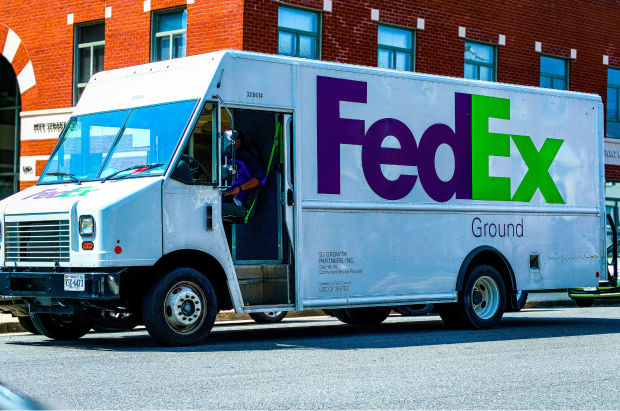
What Shipment Exception or Delivery Exception Means for Different Shipping Companies
Shipping companies play a pivotal role in the logistics chain, each with its own set of policies and procedures for handling shipment or delivery exceptions. Understanding these differences is crucial for businesses to navigate the complexities of shipping logistics effectively, anticipate potential delays, and communicate accurately with customers. The way a company handles exceptions can significantly impact resolution times and overall customer satisfaction.

1. FedEx Delivery Exceptions
FedEx recognizes various scenarios under delivery exceptions, including weather-related delays, incorrect addresses, and issues at customs for international shipments. FedEx’s response protocols are designed to quickly address these issues by notifying both the sender and the recipient through their tracking system.
For address-related problems, FedEx may attempt to correct the information and deliver the package without additional charges. In cases where delivery is not possible, FedEx holds the package and tries to contact the recipient to resolve the issue.
Helpful FedEx Resources:
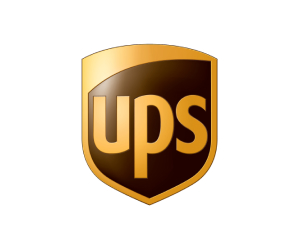
2. UPS Delivery Exceptions
UPS approaches delivery exceptions with a focus on transparency and communication. When an exception occurs, UPS updates the package’s tracking information to reflect the current status and the reason for the delay. Customers are notified about the exception and provided with estimated next steps. UPS often attempts redelivery the next business day for items that couldn’t be delivered due to recipient unavailability.
For more complex issues, such as customs delays, UPS works closely with the sender and recipient to gather necessary documentation and clear the package as quickly as possible.
Helpful UPS Resources:

3. DHL Delivery Exceptions
DHL specializes in international shipping, making its approach to delivery exceptions particularly nuanced in dealing with customs and import regulations across different countries. DHL proactively notifies customers of any potential delays due to customs, missing documentation, or payment duties required.
They offer detailed guidance on how to resolve these issues, often facilitating the customs clearance process themselves. DHL’s aim is to minimize the downtime of packages stuck in customs, ensuring a smoother delivery process for international shipments.
Helpful DHL Resources:
- DHL Shipment Tracking | International Parcel Tracking
- DHL Customs Clearance Information
- DHL Import Services
- DHL Customer Service
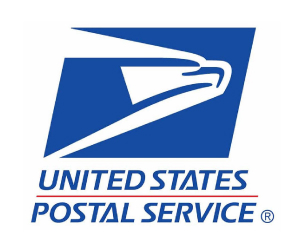
4. USPS Processing Exceptions
The United States Postal Service (USPS) encounters unique challenges due to its vast domestic network and the volume of shipments processed daily. USPS processing exceptions can include misrouted packages, delivery delays due to inaccessible locations, or items held for pickup at a local post office.
The USPS provides notifications through their tracking system and, when possible, will reattempt delivery. In cases where delivery continues to be problematic, customers are instructed to pick up their packages at the nearest post office, ensuring the secure receipt of their items.
Helpful USPS Resources:
Each shipping company’s approach to handling exceptions underscores the importance of robust tracking systems, clear communication, and proactive problem-solving to mitigate the impact of delivery disruptions. For businesses, partnering with these carriers means understanding their unique processes and setting customer expectations accordingly.
How to Handle a Delivery Exception
Managing delivery exceptions effectively is essential for minimizing their impact on your business and maintaining customer satisfaction. Here’s a guide to best practices for handling these situations.
1. Immediate Actions – Steps to Take as Soon as You’re Notified of an Exception
When a delivery exception notification hits your inbox, the clock starts ticking. Swift and informed action is paramount to navigating these disruptions effectively.
- Review the Exception Details: Understanding the specifics of the exception sets the stage for all subsequent actions, guiding your response strategy.
- Contact the Carrier: Direct communication with the carrier can yield critical insights and clarify the pathway to resolution.
- Evaluate Resolution Options: Deciding whether and how to intervene can significantly influence the outcome, potentially turning a delay into a timely delivery.
Quick, informed decisions are the backbone of effective exception management. By assessing the situation, engaging with the carrier, and considering your next moves, you can navigate the complexities of delivery exceptions with confidence.
2. Communication with Customers – How and When to Inform Customers About Delays
Clear and timely communication with customers during delivery exceptions can turn a potentially negative experience into an opportunity to demonstrate your commitment to customer service.
- Immediate Notification: Promptly informing customers about delays shows transparency and helps set realistic expectations.
- Transparency is Key: Honesty about the situation builds trust, even when the news isn’t good.
- Regular Updates: Keeping customers in the loop maintains a connection and reassures them that you’re actively seeking a resolution.
Effective communication is crucial during delivery exceptions. By promptly notifying customers, being transparent about the situation, and providing regular updates, you can maintain trust and mitigate the impact of delays.
3. Working with Shipping Companies – Tips on Collaborating with Carriers for a Quick Resolution
Building a strong partnership with shipping carriers is essential for navigating delivery exceptions smoothly and efficiently.
- Establish a Point of Contact: Know who to contact within the shipping company for different types of exceptions. Having a direct line can speed up resolutions.
- Understand Carrier Processes: Familiarize yourself with the carriers’ policies and procedures for handling exceptions so you can better navigate their systems and advocate for your customers.
- Provide Necessary Documentation Promptly: If additional information or documentation is required to resolve the exception, provide it as quickly as possible to avoid further delays.
Collaboration with shipping companies is key to resolving delivery exceptions. A direct line of communication, understanding of processes, and prompt action can streamline the resolution process.
4. Review and Adjust Shipping Practices – Evaluating Your Shipping Process to Reduce Future Exceptions
Proactively analyzing and adjusting your shipping practices can significantly reduce the frequency and impact of delivery exceptions.
- Analyze Exception Trends: Regularly review the types of exceptions occurring and identify any patterns or common issues. This can help pinpoint areas for improvement.
- Update Shipping Policies: Based on your analysis, adjust your shipping policies or practices. For example, if incorrect addresses are a frequent issue, consider implementing stricter address verification.
- Invest in Training and Technology: Train your team on best practices for packaging and handling shipments to prevent damage. Invest in technology solutions that can help streamline shipping processes and reduce the risk of errors.
- Leverage Small or Shared Warehouse Spaces: Utilizing small or shared warehouse spaces can offer greater flexibility and control over inventory management, allowing for quicker adjustments to shipping practices based on real-time demand or exception trends. Small warehouses, especially those strategically located near major shipping hubs or customer bases, can reduce transit times and the likelihood of delivery exceptions. Shared spaces also offer scalability, enabling businesses to adjust their storage needs based on seasonal demand, thereby improving efficiency and reducing costs associated with overstocking or underutilizing resources.
Continuous improvement in shipping practices is vital for minimizing delivery exceptions. By analyzing trends, refining policies, investing in your team and technology, and utilizing flexible warehouse spaces, you can enhance your logistics operations and customer satisfaction.

What is the Difference Between Delivery Exception and Shipment Exception
In the realm of logistics and supply chain management, the terms “delivery exception” and “shipment exception” are frequently encountered. Though they may seem similar at first glance, their distinctions play a crucial role in how businesses manage and respond to logistics challenges. Highlighting the unique aspects of each and understanding their implications can significantly enhance your business operations.
Delivery Exception
A delivery exception occurs when a parcel encounters an issue during the final stage of its delivery process, preventing it from being delivered on the expected date. Common causes of delivery exceptions include incorrect delivery addresses, the recipient not being available to receive the package, or physical obstacles at the delivery site like inaccessible roads or unsafe conditions. The focus here is on issues that arise during the attempt to hand off the package to the recipient.
Shipment Exception
On the other hand, a shipment exception refers to any issue that disrupts the transportation of a package from its origin to its destination, which may occur at any point after the package has been shipped but before it reaches the final delivery stage. This can include problems like customs delays, damage to the package while in transit, or logistical errors such as misrouting. Shipment exceptions are broader and encompass a range of issues that can occur while the package is still in the logistics network.
Key Differences
- Scope of Issue: Delivery exceptions are specifically related to the final delivery attempt, while shipment exceptions can occur at any point during the package’s journey from sender to recipient.
- Nature of the Problem: Delivery exceptions often involve address or recipient availability issues, whereas shipment exceptions are typically related to logistics, regulatory, or handling challenges.
- Resolution Process: Resolving delivery exceptions usually involves direct communication with the recipient to arrange a new delivery attempt. In contrast, shipment exceptions often require intervention from the logistics provider to address the underlying issue, which may involve rerouting the package or resolving customs delays.
Implications for Your Business
Understanding the nuances between delivery and shipment exceptions is essential for streamlined logistics management and operational efficiency. Recognizing the specific nature of an exception enables targeted responses—whether it involves engaging directly with customers or coordinating with logistics providers.
This strategic approach minimizes disruptions and maintains customer satisfaction. Ultimately, grasping these distinctions empowers businesses to navigate shipping complexities more adeptly, ensuring challenges are met with effective solutions and sustaining high-quality customer service.
The Significance of Shipment Exceptions for Your Business
Shipment exceptions hold significant implications for your business, impacting everything from customer trust and brand reputation to financial health. Frequent exceptions can erode customers’ confidence, leading to negative reviews and a tarnished brand image. Moreover, the financial strain of resolving these issues, including the costs of reshipments, refunds, and lost sales, can be substantial. To mitigate these risks, it’s crucial to implement strategies for monitoring and reducing the rate of exceptions.
This involves investing in reliable logistics solutions, enhancing communication channels for swift issue resolution, and continuously analyzing shipping data to identify and address recurring problems. By proactively managing shipment exceptions, businesses can maintain a strong customer base, uphold their brand integrity, and safeguard their financial stability.

Leveraging Small Warehouse Spaces to Improve Delivery Outcomes
Leveraging small warehouse spaces significantly improves delivery outcomes by minimizing the risk of delivery exceptions. Strategic locations enable businesses to store inventory closer to their customer base, reducing delivery times and the likelihood of shipping delays.
WareSpace’s small warehouse solutions provide this strategic advantage, offering flexibility, closer proximity to customers, and enhanced logistics. This approach ensures faster dispatch times and improved customer satisfaction by reducing last-mile delivery challenges.
WareSpace’s innovative warehousing model addresses many logistical challenges, including the need for scalable storage that adapts to demand fluctuations. Businesses can scale their operations without traditional warehousing constraints, allowing for cost savings and operational efficiency.
By adopting flexible warehousing strategies, companies can navigate the complexities of modern commerce more effectively, ensuring smoother operations and happier customers. Book a tour today and discover how our warehouse spaces can enhance your business’s delivery outcomes!
Blog Info: Author – James Park Category – Shipping and Packaging Insights

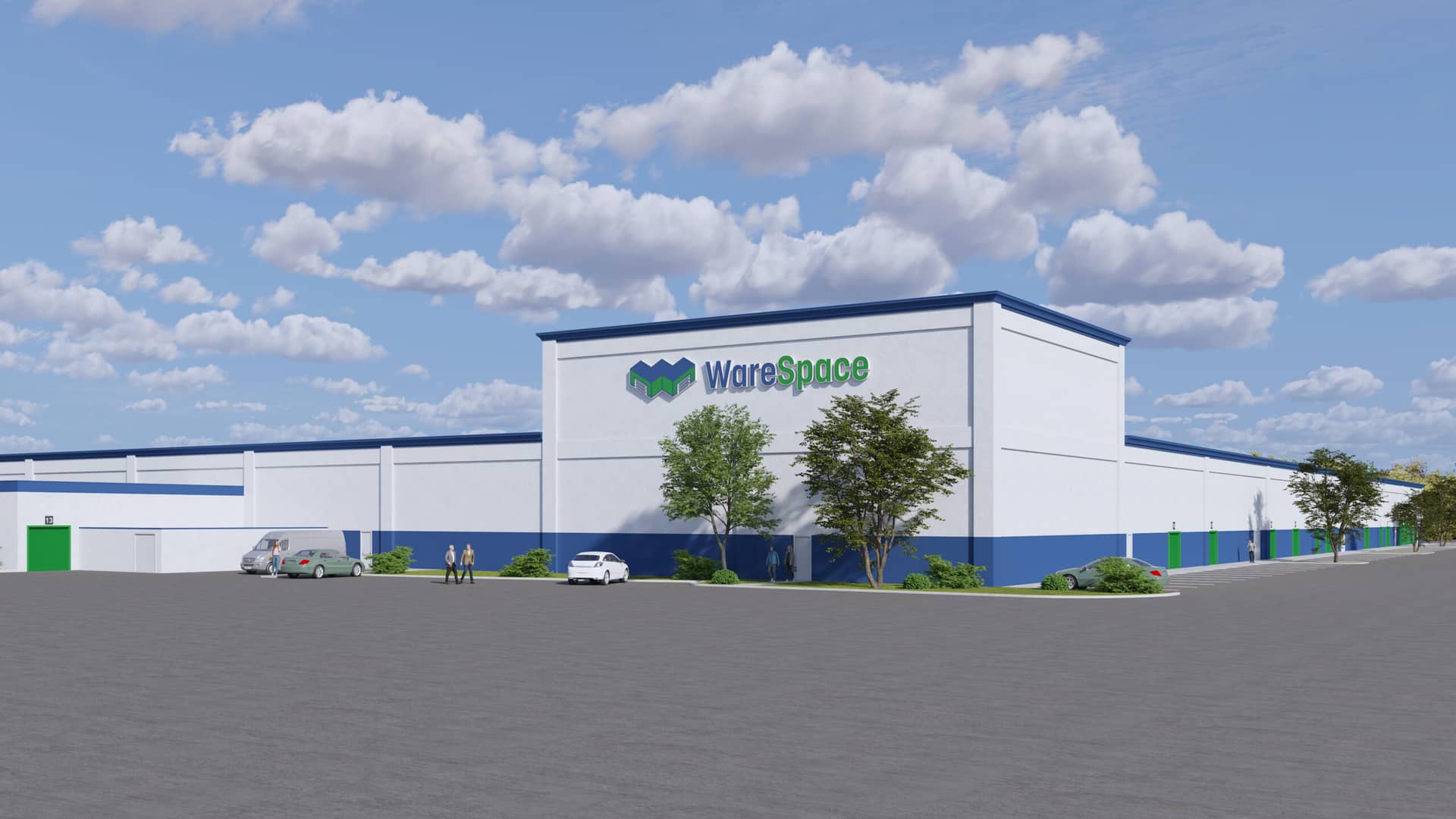
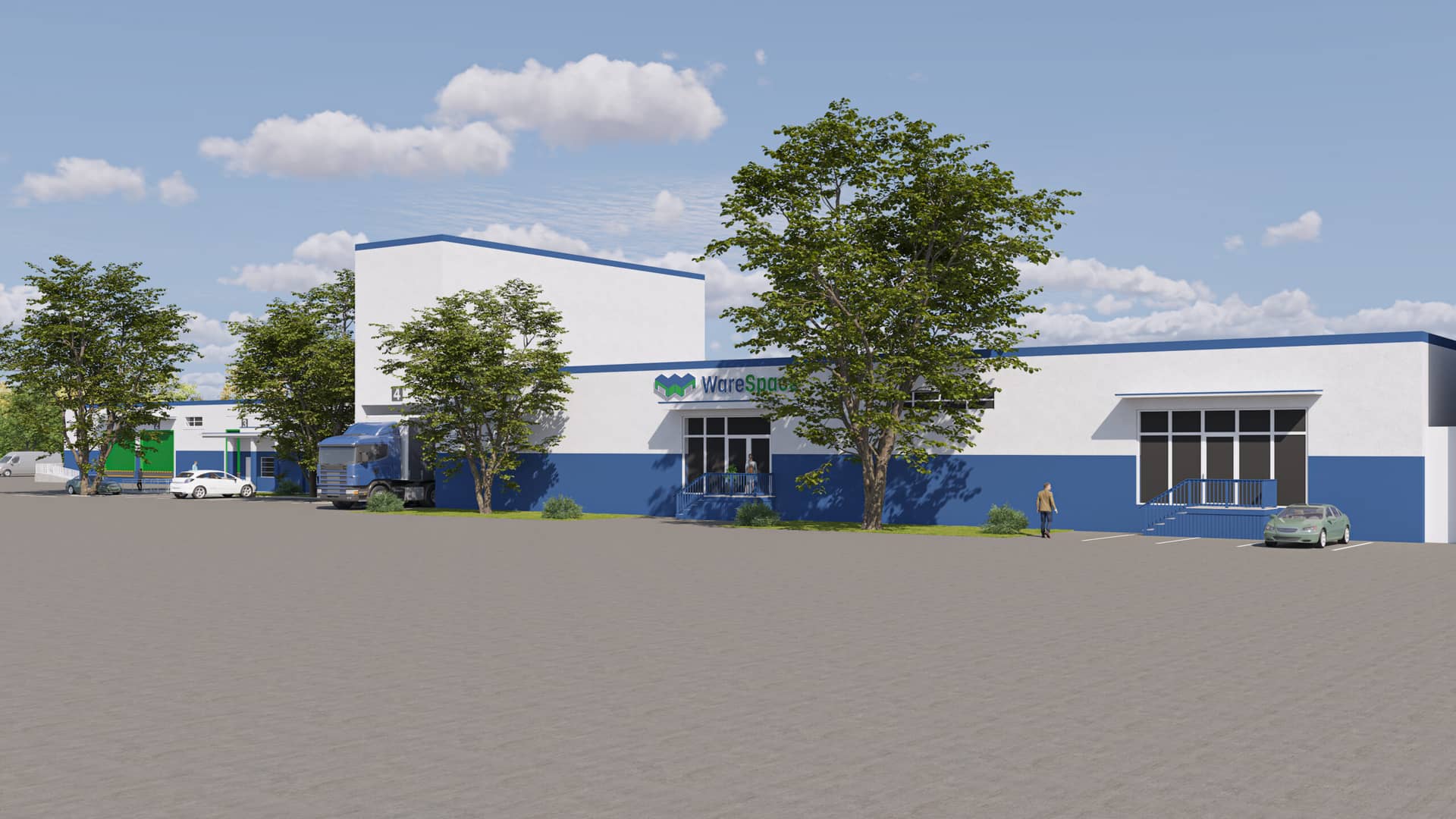
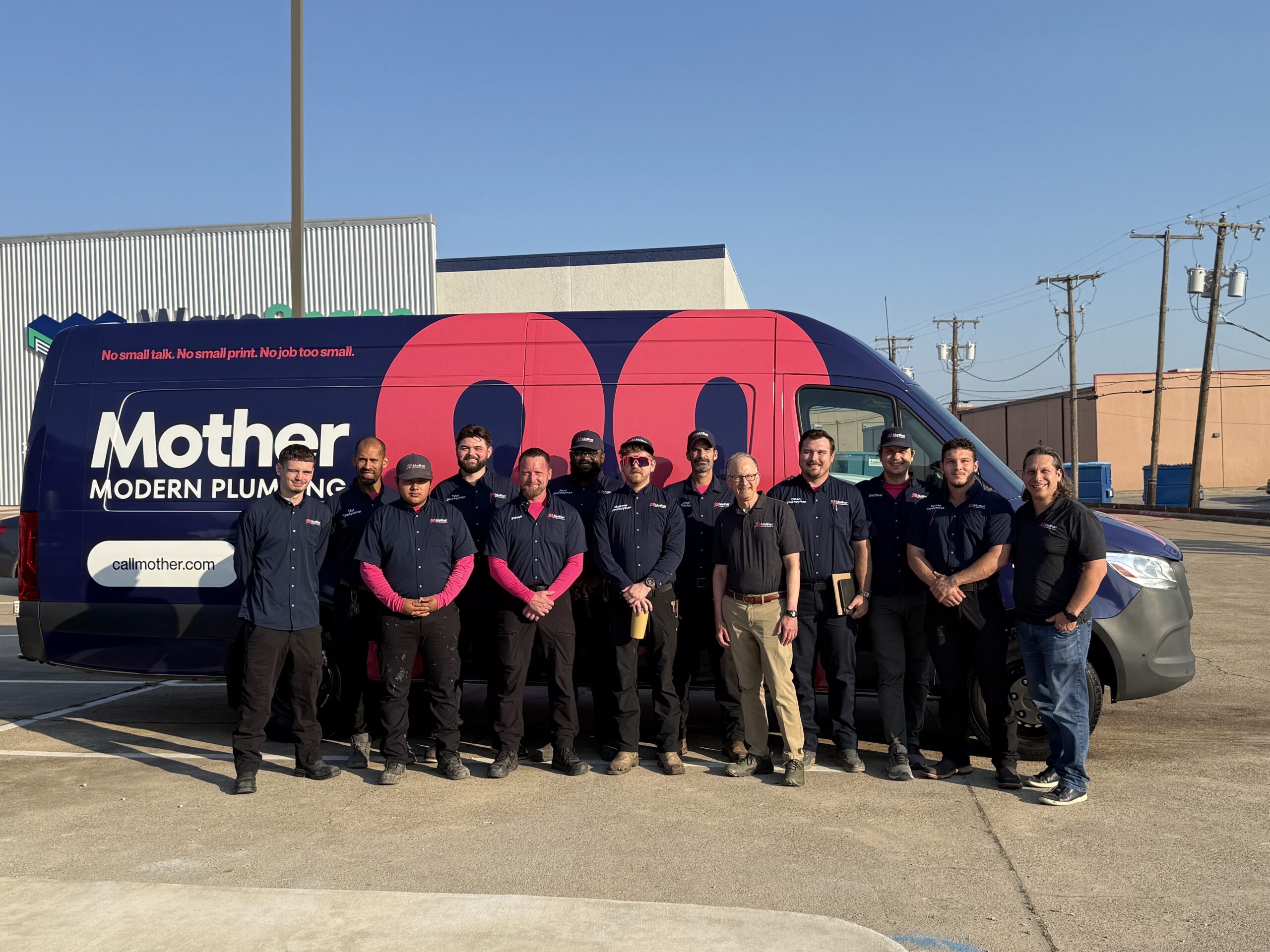
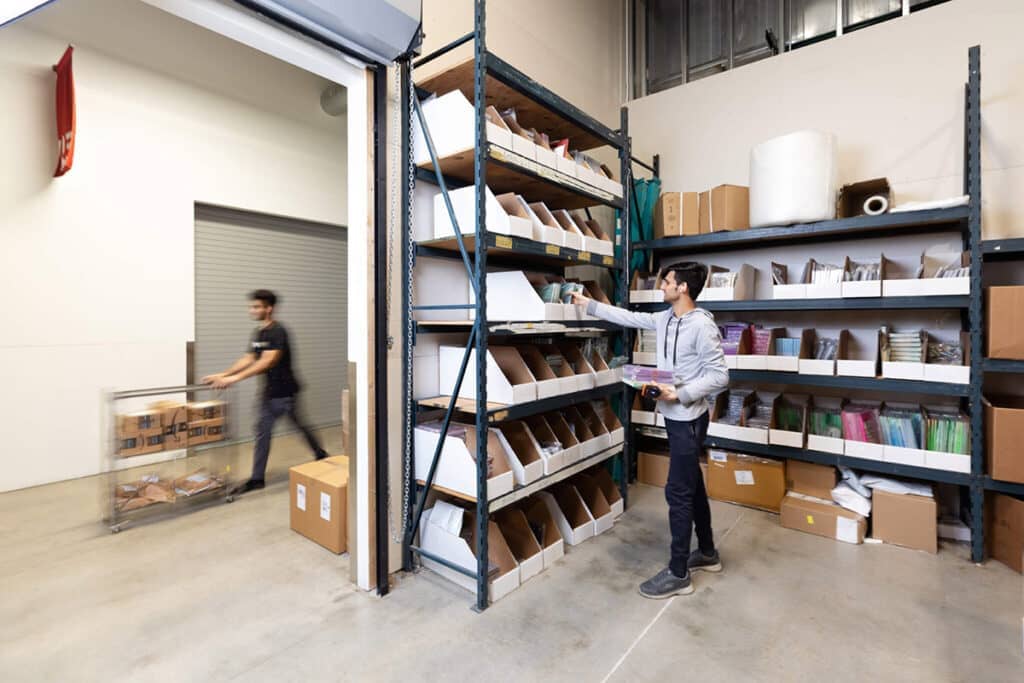
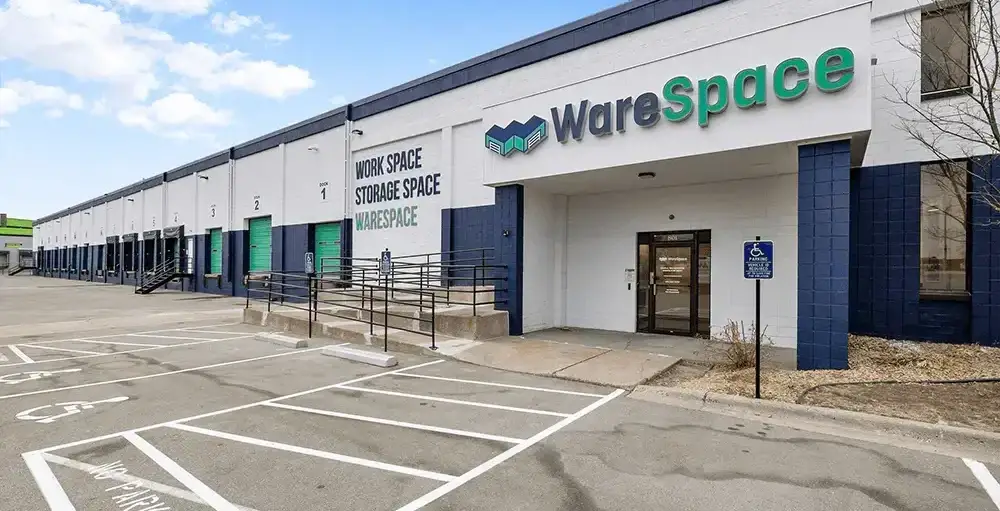
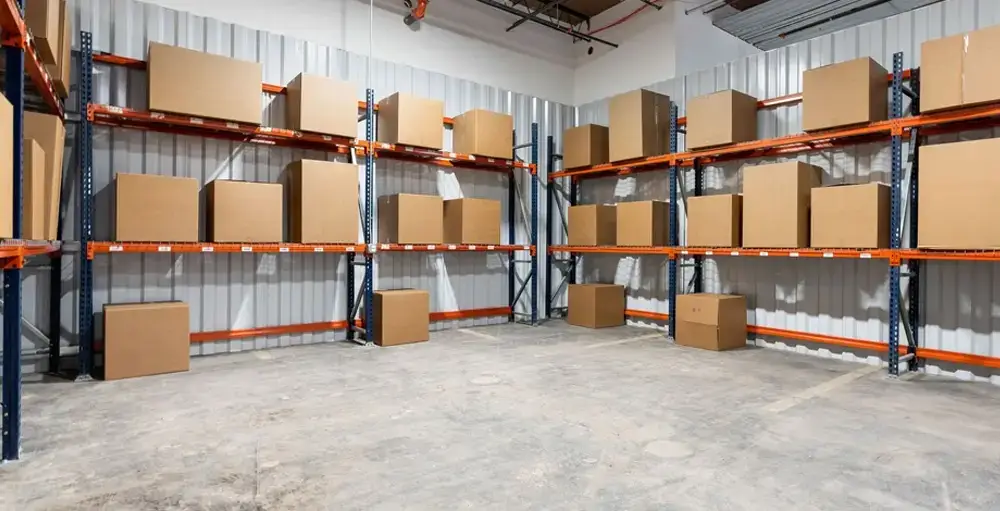
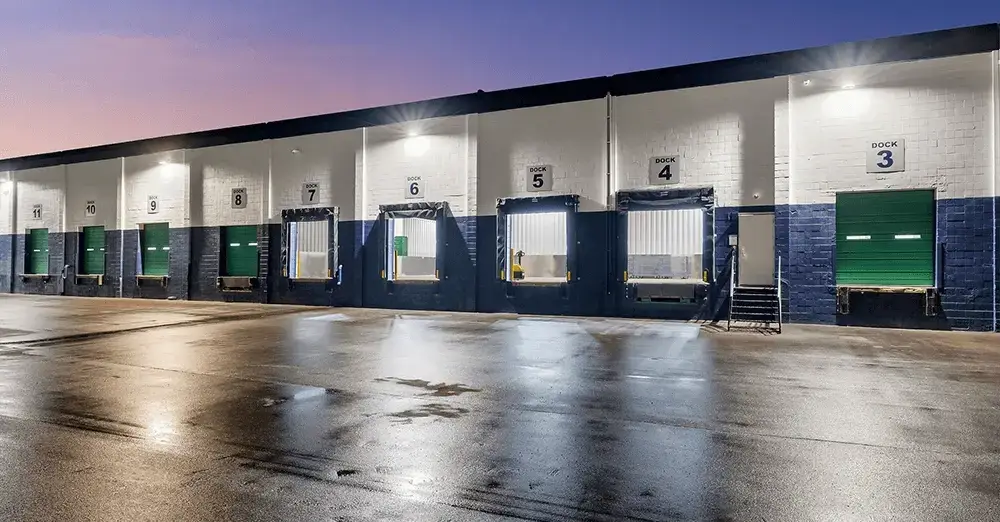
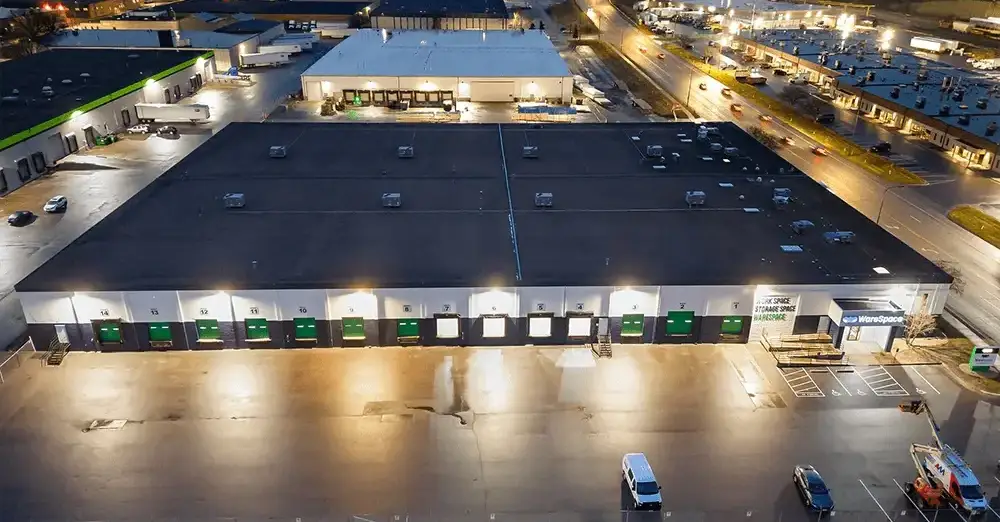











 ►
Explore 3D Space
►
Explore 3D Space